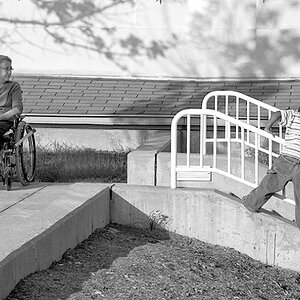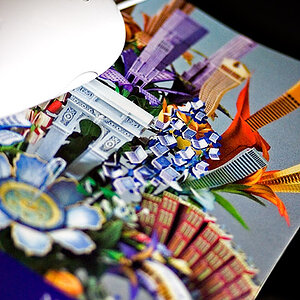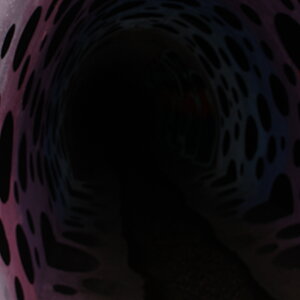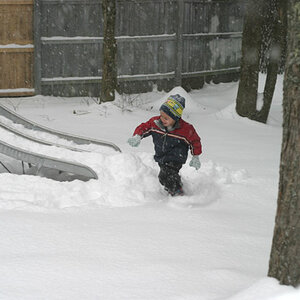Stradawhovious
Been spending a lot of time on here!
- Joined
- Nov 8, 2010
- Messages
- 3,241
- Reaction score
- 911
- Location
- Minneapolis, MN
- Can others edit my Photos
- Photos OK to edit
Another dumb-ass rookie question here......
Just finally got around to taping my guide chart to the side of my SB-600, and had a couple of questions.....
How much light am I going to lose shooting through say...... a 42" umbrella, and shooting into (bouncing) the same umbrella.
Some of the sources I have seen say I will lose as little as one stop off the chart, and others say as much as 63%. Is there some sort of formula I can use, or am I best off just redoing the chart for the umbrella?
Thanks for putting up with yet another drastically rookie question from Strad.
Just finally got around to taping my guide chart to the side of my SB-600, and had a couple of questions.....
How much light am I going to lose shooting through say...... a 42" umbrella, and shooting into (bouncing) the same umbrella.
Some of the sources I have seen say I will lose as little as one stop off the chart, and others say as much as 63%. Is there some sort of formula I can use, or am I best off just redoing the chart for the umbrella?
Thanks for putting up with yet another drastically rookie question from Strad.




![[No title]](/data/xfmg/thumbnail/39/39271-04ff6ce1fbcda2b0d41ad7ee08cff91a.jpg?1619738950)






